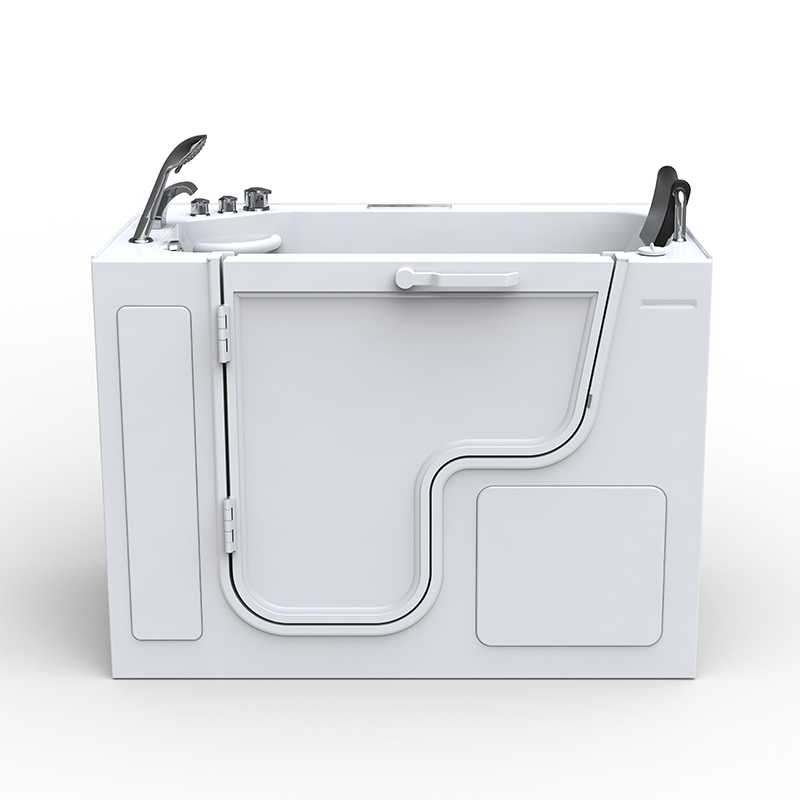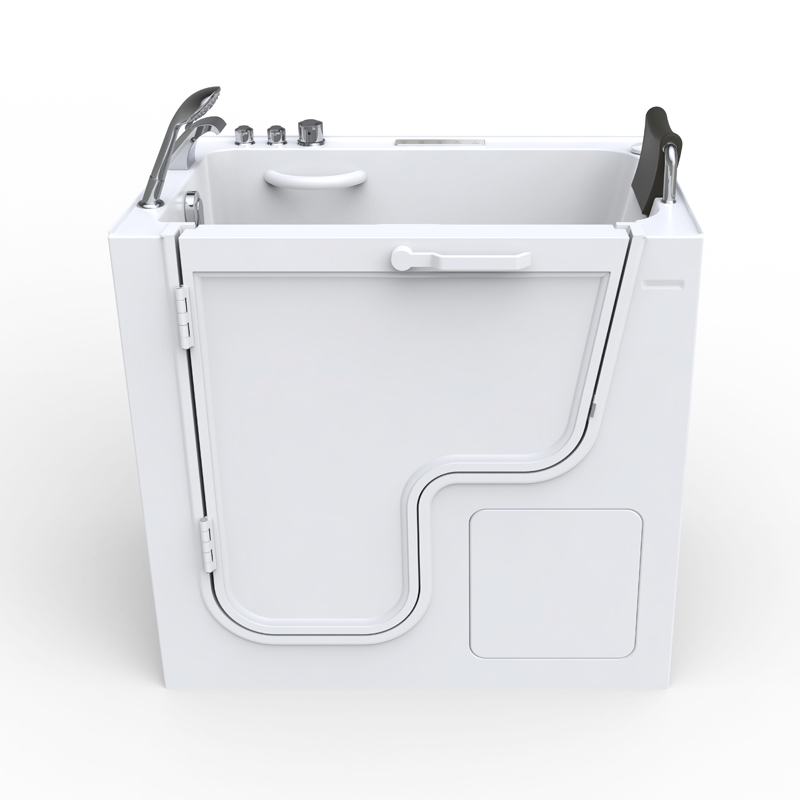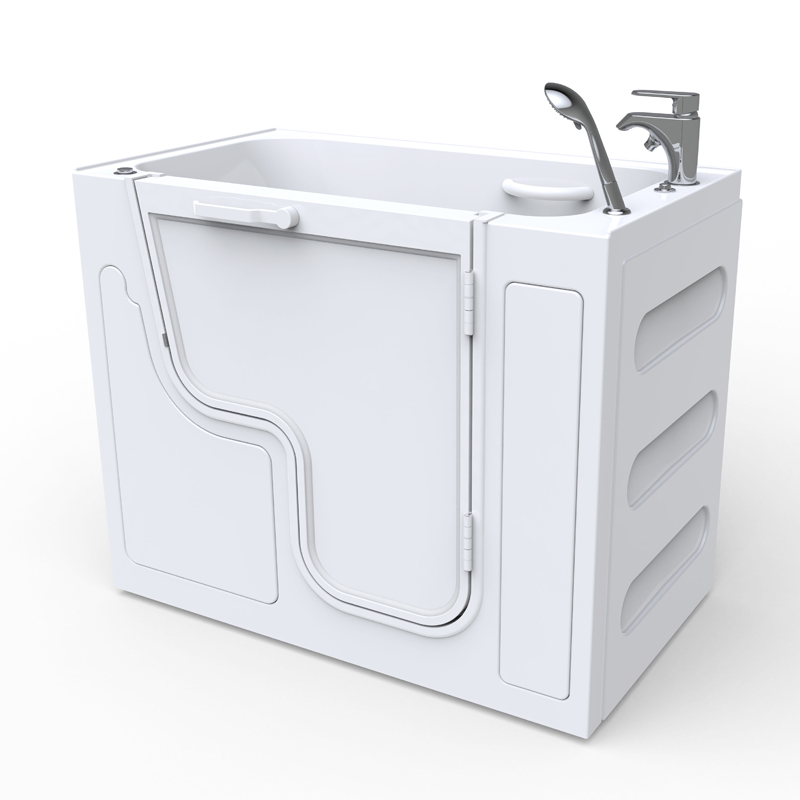Barrier-Free Bathtubs in Nursing Homes: Making Bathing Safer, Easier, and More Dignified for Seniors
In nursing homes, bathing isn’t just a daily routine—it’s an essential part of maintaining health, hygiene, and dignity for the elderly. However, for seniors with limited mobility, traditional bathtubs and showers can be difficult to use and even dangerous. That’s why more care facilities are turning to accessible, door-opening bathtubs. These barrier-free designs create a safer, more comfortable experience for residents—while also easing the workload for caregivers.
Common Bathing Challenges in Nursing Homes
Elderly residents in care homes often face physical limitations that make traditional bathing facilities unsafe or impractical:
High tub edges (typically 40–50 cm) are difficult to step over, especially for those with joint pain or weak muscles.
Slippery floors increase the risk of falls, particularly for seniors with balance or coordination issues.
Heavy caregiver workload is common, as staff often need to bend or lift residents, which can lead to physical strain or injury.
To solve these problems, many facilities have adopted barrier-free walk-in bathtubs, and the results speak for themselves.
How Accessible Bathtubs Improve Elderly Care
Specially designed for seniors and people with reduced mobility, accessible bathtubs enhance both safety and care efficiency:
1. Ultra-Low Threshold for Easy Entry
With an entry height of just 10–15 cm, seniors can step into the tub without needing to lift their legs high. Even those using walkers can enter with ease, dramatically reducing fall risk.
2. Door-Opening Design Reduces Strain on Caregivers
Side- or front-opening doors allow residents to sit down before bathing. This eliminates the need for caregivers to bend or lift, improving ergonomics and preventing injury. For fully dependent residents, these tubs can be paired with transfer systems to further ease the process.
3. Built-In Safety Features
Anti-slip coatings on both the seat and tub floor, plus sturdy built-in handrails, ensure that seniors stay secure while bathing—even when wet.
4. Constant Temperature Control
Sudden changes in water temperature can be dangerous for seniors. These tubs often feature thermostatic control systems to keep water at a stable, safe level, helping prevent burns or blood pressure spikes.
5. Fast Drainage for Shorter Wait Times
High-flow drainage systems quickly empty the tub, preventing prolonged exposure to water and helping residents exit safely and comfortably.
What to Consider When Choosing a Nursing Home Bathtub
When selecting a walk-in bathtub for your care facility, it’s important to consider:
Safety & Reliability
Durable materials (like reinforced acrylic or fiberglass) to withstand frequent use
Secure, leak-proof door seals
Non-slip design, strong handrails, and stable construction
Thermostatic systems for safe water temperature control
Long-Term Durability & Maintenance
Aging-resistant seals to prevent leaks over time
Easy-to-clean surfaces and removable components to simplify sanitation
Shock-resistant, wear-proof materials that reduce replacement and repair costs
Space Efficiency & Flexibility
Compact yet spacious designs that fit into smaller bathroom layouts
Adjustable-height seating and movable handrails to meet different user needs
A Better Bathing Experience for Seniors—and for Staff
Barrier-free bathtubs offer more than just convenience—they restore confidence and dignity to seniors while streamlining care operations. Residents enjoy safer, more independent bathing. Staff benefit from improved ergonomics and less physical strain. Families gain peace of mind knowing their loved ones are cared for in a thoughtful, supportive environment.
OASIS: Empowering Better Elder Care with Every Bath
At OASIS, we’re proud to support nursing homes with high-quality, durable, and thoughtfully designed walk-in bathtubs. Our mission is to make every bath a safe, enjoyable, and dignified experience for seniors—turning a once-stressful task into a moment of comfort and care.
Because aging should be respected, supported, and lived with dignity—one bath at a time.





